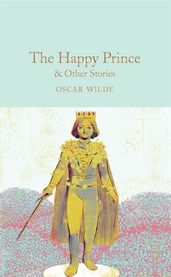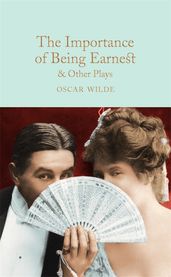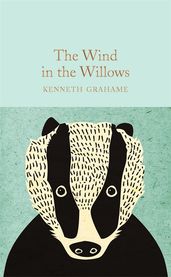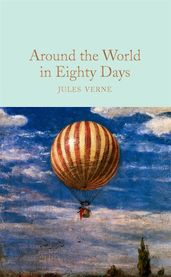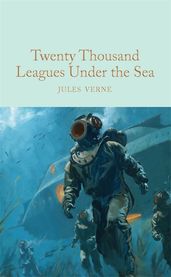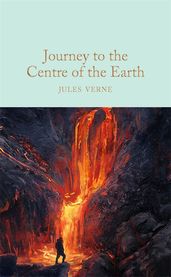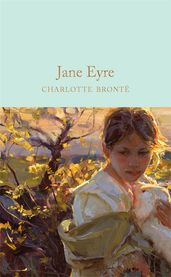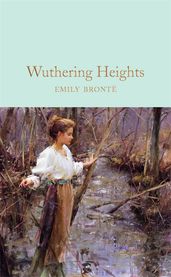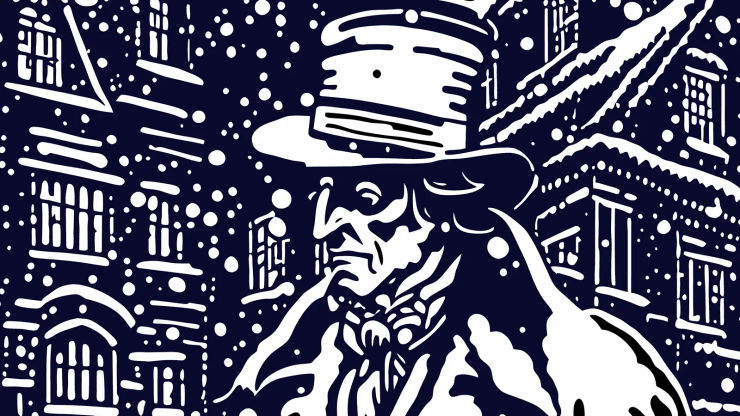Classic novels to read this spring
From Jane Eyre to Around the World in Eighty Days, you'll be sure to find a great literary read this spring.
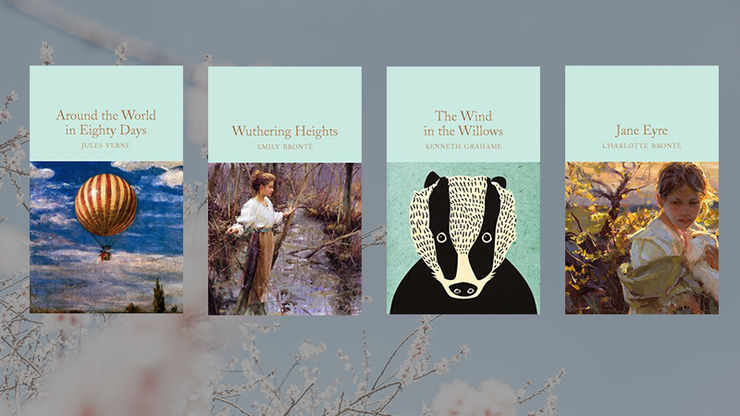
Oscar Wilde was a man of exceptional talent and wit who wrote plays, novels and short stories. To reflect his versatility and literary brilliance, out this month, we’ve three new volumes of his writing.
The Picture of Dorian Gray
by Oscar Wilde
Struck with the terrible realisation that he will age while the portrait that has been painted of him will preserve its beauty forever, young, arrogant and handsome Dorian Gray's greatest wish is that he will stay young and beautiful, forever. When his wish is granted, he abandons himself to a life of hedonism, and eventually murder, but as the hidden painting ages and corrupts, eventually Dorian will have to come face to face with the man he has become.
The Happy Prince and Other Stories
by Oscar Wilde
This sparkling collection of short stories, from comic tales to fairy stories, are sure to charm adults and children alike.
Beautifully illustrated by Charles Robinson and Walter Crane, this Macmillan Collector's Library edition of The Happy Prince & Other Stories also features an afterword by author David Stuart Davies.
The Importance of Being Earnest and Other Plays
by Oscar Wilde
Oscar Wilde’s four great comedies – Lady Windermere's Fan, A Woman of No Importance, An Ideal Husband and The Importance of Being Earnest – are among the best-loved and most-quoted plays in the English language.
This Macmillan Collector's Library edition of The Importance of Being Earnest & Other Plays echoes the book form in which Wilde originally insisted his plays were published, and includes illustrations by Aubrey Beardsley and an afterword by Ned Halley.
What’s your favourite children’s classic? I’m sure The Wind in the Willows is a top pick and here’s the gorgeous cover of our new edition, published this month.
The Wind in the Willows
by Kenneth Grahame
“Home! That was what they meant, those caressing appeals, those soft touches wafted through the air, those invisible little hands pulling and tugging, all one way!” There never was a more beautiful ode to the simple pleasures of life than this. The book centres on Rat, Mole, Badger and – of course – the iconic Mr Toad as they form unlikely yet unshakeable bonds of friendship and navigate their particular swathe of the river bank, their adventures culminating in a momentous battle with the more sinister inhabitants of the spooky Wild Wood.
Submarines, lunar modules and skywriting – Jules Verne predicted these and lots more in his gripping adventure novels. Read three of the best from the father of science fiction.
Around the World in Eighty Days
by Jules Verne
On a seemingly normal day, Phileas Fogg, makes an extraordinary £20,000 wager; he will perform an impossible feat and circumnavigate the globe in just eighty days, accompanied only by his new French valet, the steady Passepartout. Together, they set off on a thrilling journey, and adventure, chaos and romance ensue as the daring pair harness the new power of steam to escape their ever-increasing enemies and beat the clock.
Twenty Thousand Leagues Under the Sea
by Jules Verne
Jules Verne may well have accidentally invented ‘hard’ sci-fi when he speculated about what underwater vehicles might look like, and the adventures they could enable. It still holds up as a ripping, humorous yarn even today.
Journey to the Centre of the Earth
by Jules Verne
When the chance discovery of an ancient cryptogram reveals a path to the Underworld, the adventurous Professor Otto Lidenbrock sets off to Iceland, determined to reach the centre of the earth. But nothing can prepare him and his nephew Axel for what they will find beneath the ground; measureless caverns and vast subterranean seas reveal all of the earth's known history and more, while dinosaurs do battle, giant men herd mastodons, and danger and excitement wait around every corner.
And finally, from sisters Charlotte and Emily Bronte – Jane Eyre� and Wuthering Heights, two of the most captivating and romantic novels of the 19th century.
Jane Eyre
by Charlotte Brontë
The orphaned Jane Eyre is no beauty but her plain appearance belies an indomitable spirit, sharp wit and great courage. As a child she suffers under cruel guardians, harsh schooling and a rigid social order but when she goes to Thornfield Hall to work as a governess for the mysterious Mr Rochester, the stage is set for one of literature's most enduring romances.
A beloved classic and undisputed masterpiece, Charlotte Brontë's Jane Eyre explores class, society, love and religion through the eyes of one of fiction's most unique and memorable female protagonists.
Wuthering Heights
by Emily Brontë
One wild, snowy night on the Yorkshire moors, a gentleman asks about Wuthering Heights, the remote farmhouse inhabited by his mysterious landlord. He is told about the tragic romance of the beautiful, headstrong Cathy and the orphan Heathcliff, who – although desperately in love with her – is rejected in favour of a rich suitor. But Cathy cannot forget him, and he develops a lust for revenge that will take over his life as he attempts to win her back, and to destroy everyone, and everything, he considers responsible for his loss.
One of the great novels of the nineteenth century, Emily Brontë's haunting tale of passion and greed remains unsurpassed in its depiction of destructive love.

